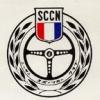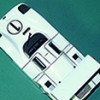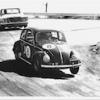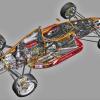Bought from a London flea market, sold as a 'decorative item', a rear upright/hub wooden casting pattern.
Identified with a period-looking paper label as part of 'The Museum of London Reserve Collections', 'Accession number NN11781 (i)' and 'Wooden Pattern For Mould For Machine/Engine Part'. The museum is due to move in the near future and I presume they have been selling off some surplus from storage.
Overall dimensions are 380mm long, 210mm wide and 140mm deep, but I presume originally made to suit Imperial measurements.
I'm intrigued to know where it might have been from, and what vehicle it was for. Considering it came from The Museum of London Reserve Collection, could this have been from a London-based casting foundry, for a London-based customer?
What do you think?




































